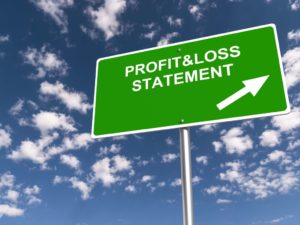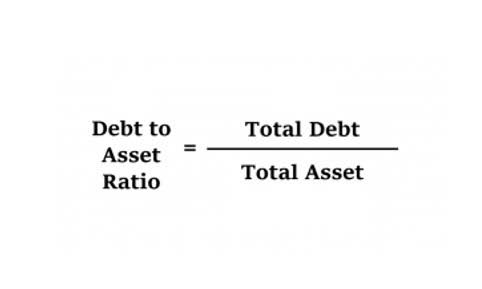
As shown in the income statement above, salaries and benefits, rent and overhead, depreciation and amortization, and interest are all period costs that are expensed in the period incurred. On the other hand, costs of goods sold related to product costs are expensed on the income statement when the inventory is sold. Direct materials, direct labor, and the cost of factory overhead are a few examples of product costs.
- This makes it hard to know the exact cost of manufacturing a product now.
- Research and development costs are usually expensed as period costs in the period they are incurred.
- Selling expenses are costs incurred to obtain customer orders and get the finished product in the customers’ possession.
- Such materials, called indirect materials or supplies, are included in manufacturing overhead.
Difference between Period Costs and Product Costs

Inventoriable costs are costs that help businesses know how much the expenses incurred should be added to the cost of product to ensure they do not face losses. Such costs have their own sets of advantages, which the firms must know of. So, as they don’t influence inventory valuation, period costs don’t create confusion about the value of unsold goods. As a general rule, costs are recognized as expenses on the income statement in the period that the benefit was derived from the cost. So if you pay for two years of liability insurance, it wouldn’t be good to claim all of that expense in the period the bill was paid. Since the expense covers a two year period, it should be recognized over payroll both years.
- This mixing makes it impossible for managers to know the current period expense of manufacturing the product.
- Selling costs can vary somewhat with product sales levels, especially if sales commissions are a large part of this expenditure.
- Operating expenses are the funds a business pays regularly to stay in business – rent, salaries, and advertising costs, to name a few.
- Period costs are also known as period expenses, time costs, capacity costs, and operating expenses.
- Period costs are a subset of operating costs, specifically those expenses that are expensed in the current accounting period.
How are fixed costs different from variable costs in the context of period costs?
- They can be further categorized into selling and marketing expenses, administrative expenses, and research and development costs.
- Fixed costs are paid even when productivity or sales increase or decrease.
- On a traditional income statement, the organization’s expenses are presented based on product cost and period cost classifications.
- Period costs, also known as operating expenses, are expenses that are not directly tied to the production of goods or services.
- From paying employee salaries to covering utility bills and marketing expenses, Period Costs encompass a wide range of expenditures necessary for day-to-day business operations.
- In most cases, period costs include SG&A (sales, general and administrative) costs.
For example, if a business pays rent for its office space, that cost doesn’t directly contribute to the production of any specific product. Therefore, the rent expense would be considered a period cost and it is usually expensed in the income statement in the period it’s incurred. Unlike product costs, period costs don’t linger in the inventory valuation storyline. Period costs immediately expense themselves, appearing on the income statement for the specific period they occurred.

Top 5 Career Options for Accounting Graduates

In conclusion, product and period costs are two distinct categories in cost accounting. Product costs are directly related to the production of goods or services and are recorded as inventory until sold. On the other hand, period costs are necessary for a business to operate but are not directly tied to production and are recorded as expenses in the period incurred. It is essential to understand these differences to accurately analyze a company’s financial performance.
It is easy for the company to measure how much plastic goes into the production of each travel mug and therefore we can easily calculate the cost of plastic in this mug. Sales commissions are directly related to the selling process and are therefore classified period costs as selling expenses, a type of period cost. If a selling, general and administrative (SG&A) expense is prepaid, the prepaid portion will be reported as a current asset.
The Remote Bookkeeping total cost for rent is always the same regardless of how many drinks they sell. However, the per-unit cost allocated to drinks sold changes depending on the quantity sold. For example, if Big Drink sells 100 drinks the rent amount allocated per-unit is $3,500 divided by 100 equals $35 per drink. If they sell 500 drinks, the rent amount allocated per-unit is $3,500 divided by 500 equals $7 per drink.
